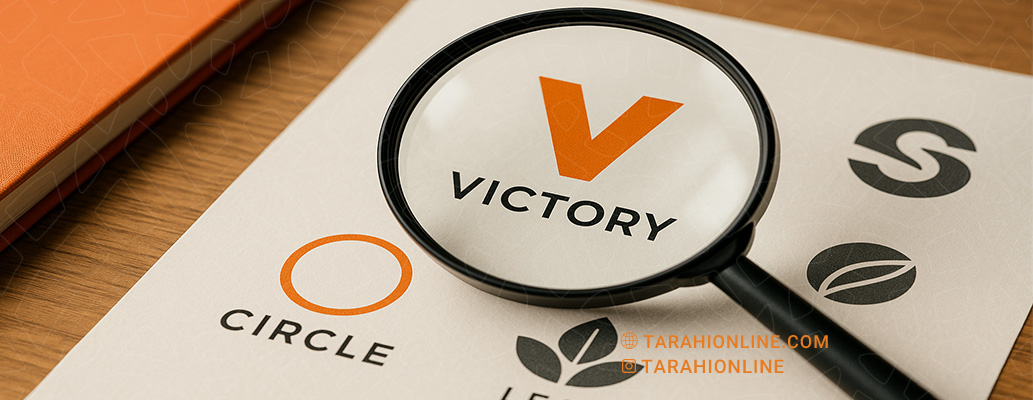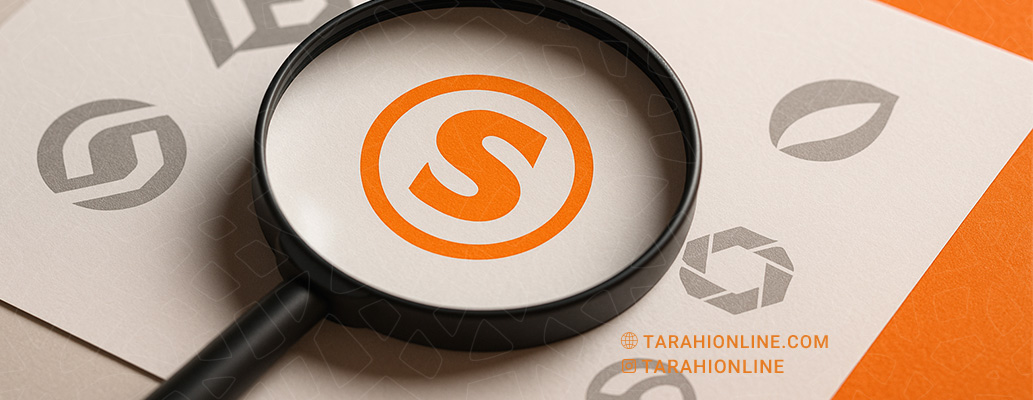
A successful logo plays a pivotal role in shaping and reinforcing a brand’s visual identity. It serves as one of the most recognizable elements that introduces a brand to its audience and secures its position in their minds. A well-designed logo not only communicates the essence of the brand effectively but is also memorable, impactful, and easily identifiable. This article explores the essential characteristics of effective logos and explains what makes a logo stand out in today’s competitive landscape.
1. Simplicity
One of the most important traits of a successful logo is simplicity. Simple logos are easily recognizable and more likely to be remembered. Simplicity does not mean the design should lack creativity or visual appeal—it means eliminating unnecessary elements so that the core message is delivered clearly.
Example: Nike’s logo, with its iconic swoosh, is a textbook example of minimal design—powerful, distinct, and memorable.
Why is simplicity important?
-
Recognizability: Simple logos perform well at all sizes—from business cards to billboards.
-
Memorability: Clean designs are easier for the visual memory to retain.
-
Versatility: Simple logos adapt well to different media (print, digital, monochrome, or full color).
2. Memorability
An effective logo should leave a lasting impression. Memorability is achieved through a combination of creativity, uniqueness, and alignment with the brand’s identity. A logo that visually communicates a brand’s story or values is more likely to be remembered.
Example: The bitten apple in Apple’s logo is simple yet distinctive, symbolizing innovation and standing out due to its original design.
How does a logo become memorable?
-
Creative design: Incorporating unexpected or inventive elements.
-
Brand alignment: Reflecting the brand’s values, mission, or personality.
-
Consistency: Repeated use across all brand touchpoints reinforces visual memory.
3. Versatility and Adaptability
A successful logo must perform well across a wide range of applications and formats. This flexibility allows a brand to maintain a strong presence across platforms—from websites to printed materials.
Key features of a versatile logo:
-
Scalability: The logo should remain clear and legible whether it’s used as a small app icon or a large billboard.
-
Color adaptability: It should work effectively in black and white, in full color, and on various backgrounds.
-
Cross-platform performance: From printed paper to digital screens, the logo must retain its integrity.
Example: Coca-Cola’s logo, due to its consistent and uncomplicated design, looks great on all media.
4. Originality and Uniqueness
A successful logo must be distinctive and avoid excessive similarity to other logos. Originality helps a brand stand out in a crowded market and supports the development of a unique identity.
How to ensure a logo is original:
-
Market research: Analyze competitors’ logos to avoid resemblance.
-
Creative ideation: Incorporate visual elements that are exclusive to the brand.
-
Brand character: Let the logo reflect the brand’s unique story and values.
Example: Amazon’s logo, with its smile-like arrow stretching from A to Z, is unique and visually communicates the company’s extensive product range.
5. Audience Connection
A strong logo should resonate with the brand’s target audience. This connection can be established through color choices, shapes, and design style. For example, a children’s brand may use playful and colorful elements, while a law firm’s logo should appear professional and trustworthy.
Key considerations for audience alignment:
-
Color psychology: Each color conveys specific emotions (e.g., red for excitement, blue for trust).
-
Design style: The logo’s aesthetic—modern, classic, or minimalist—should match the audience’s preferences.
-
Cultural relevance: The logo should align with the values and cultural context of its intended audience.
Example: Disney’s whimsical, handwritten-style logo evokes imagination and fun, perfectly suited for children and families.
6. Timelessness
A great logo should not quickly become outdated or depend heavily on passing trends. Timeless design ensures the logo remains relevant and effective for years or even decades. This requires focusing on classic elements rather than temporary fads.
Example: Mercedes-Benz’s three-pointed star has remained iconic and relevant for generations due to its timeless simplicity.
How to design a timeless logo:
-
Avoid trends: Steer clear of trendy effects like excessive gradients or flashy styles.
-
Focus on brand identity: Root the design in enduring brand values.
-
Allow subtle evolution: The logo should be flexible enough to undergo minor updates without losing its core identity.
7. Appropriate Use of Color and Typography
Color and typography significantly influence a logo’s visual impact and brand communication. Choosing the right color palette and typeface enhances both clarity and emotional resonance.
Key principles:
-
Colors: Should align with brand identity and evoke the desired emotions (e.g., green for sustainability, black for luxury).
-
Typography: The typeface should be legible and reflect the brand’s character—sans-serif for modern brands, serif for traditional ones.
-
Balance: Avoid using too many fonts or colors, which can clutter the design and reduce professionalism.
Example: Google’s logo, with its vibrant colors and clean sans-serif font, communicates accessibility and innovation.
8. Conveying the Brand Message
A successful logo should visually convey the brand’s story, mission, or values. This communication can be achieved through symbolic elements, strategic color use, or the arrangement of components.
Example: FedEx’s logo incorporates a subtle arrow between the letters “E” and “x,” cleverly symbolizing speed and precision in delivery.
How to embed brand messaging into a logo:
-
Symbolism: Use icons or imagery related to the industry or brand values.
-
Clarity: Ensure the message is direct and easy to interpret.
-
Alignment with brand story: Let the logo reflect the narrative or purpose behind the brand.
Successful logos are built on a foundation of simplicity, originality, versatility, and meaningful audience connection. They not only convey the brand’s identity effectively but also stand the test of time—remaining memorable, relevant, and impactful. By focusing on these essential attributes, a brand can create a logo that not only stands out in a competitive market but also becomes a lasting symbol of its identity.
The Tarahi Online graphic and logo design team, with over ten years of experience in professional graphic and logo design, is ready to assist you and bring your ideas to life. Contact us to submit your request or place an order.

